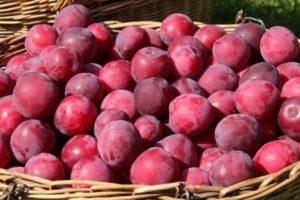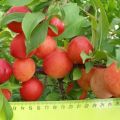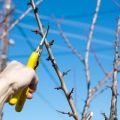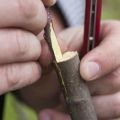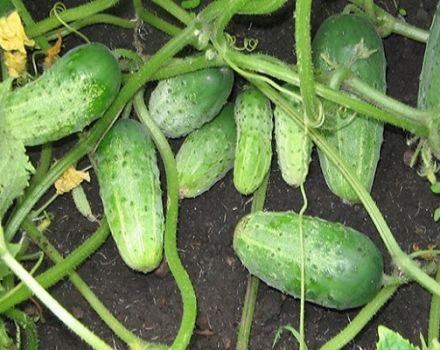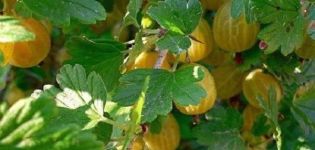How to deal with aphids on a plum and how to treat with chemical and folk remedies
Plum breeding has led to the fact that it is grown in all regions with both arid and cold climates. Tree maintenance is simple, but pests can destroy crop plantations. It is necessary to deal with them, especially with aphids on the drain, regularly. Colonies of the parasite lead to a decrease in the fruiting of the plant, to a halt in its development.
Content
- 1 Which aphid affects the plum
- 2 Plum aphid distribution regions
- 3 Signs of defeat
- 4 What are the dangerous pests for plums
- 5 Processing time
- 6 Preparations for processing
- 7 How to get rid of with folk remedies
- 8 Herbal remedies
- 9 Plum aphid daily plan
- 10 Plum sanitary pruning rules
- 11 Processing technology
- 12 Re-infection prevention
Which aphid affects the plum
There are many species of aphids, but stone fruits are affected by the plum pest. The white individual parasitizing on garden crops is called pollinated. Over the summer, she gives several generations of insects. Aphid eggs retain their viability, hiding in cracks in the bark, on weeds. In the spring, insects hatch the size of a pinhead. Their body is as if pollinated with flour, with three dark stripes on the back.
There is another type of aphid - green, which also destroys plum trees.
It is more difficult to notice the pest on the leaves, only with a large accumulation of individuals their colonies are visible from the back of the leaf.
The danger is posed by another lover of stone fruit plants - black aphid. The wingless insect is carried by ants, and the winged species independently "master" new trees.
Plum aphid distribution regions
To carry out a full life cycle, a harmful insect needs certain conditions. Plum aphid grows comfortably in regions with summer temperatures ranging from 23 to 27 degrees Celsius. Eggs can overwinter in frosts of 10-15 degrees. Air humidity matters, aphids are active when the indicator reaches 70-80%. Such climatic conditions are common in the area of Western European, partly Eastern European.
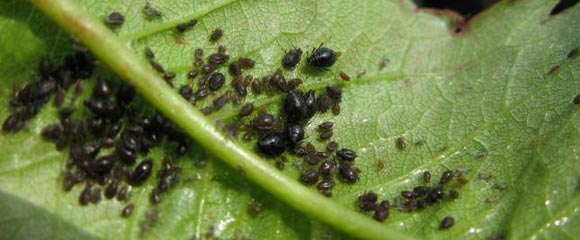
The northern regions of Africa and America, the entire Australian continent are favorable for the life of plum aphids. It can be found on the plum tree growing in the Caucasus and Central Asia. The greatest harm is caused by aphids to gardeners engaged in the cultivation of plums in the Volga region, Krasnodar Territory, Ukraine, and Moldova.
Signs of defeat
You can determine the presence of aphids on the drain by:
- yellowness on the leaves along the veins;
- twisting the edges of the sheet plate;
- growths on young shoots;
- deformation of leaves, their drying.
It is usually determined that aphids have settled on a plum, by ants crawling in large numbers along the young shoots of the plant.These insects carry aphids.

The parasite colonies are clearly visible on the back of the leaves. They can be detected with the naked eye after the tree has faded.
What are the dangerous pests for plums
Despite the tinyness of the pest, the harm from it is palpable for plum trees. To continue the race, aphids need the juice of leaves, plum shoots. Sucking out juices, the insect leaves its excrement on parts of the plant, secretes poison. Plum becomes infected, it loses its leaves and inflorescences. Therefore, the fruits cannot form on the tree. With a strong proliferation of aphids, the leaf plates become openwork, and the shoots dry out.
The secretions left on the drain interrupt the process of photosynthesis. And the sticky sugary substance attracts sooty fungus to itself. The weakening of young shoots by the pest leads to the fact that they are not able to withstand the cold winter. The tree begins to ache and may die if measures are not taken to combat aphids.

Processing time
It is necessary to deal with aphids correctly, observing the processing time of the plum. In the spring, spraying should be carried out before bud break. You can start with folk remedies. When the green leaves hatch, you need to destroy the eggs of the pest that have survived over the winter. To this end, the tree is carefully treated with both contact-type insecticides and herbal infusions.
If the aphid is not destroyed, then it is necessary to spray at the stage of opening the buds and falling off the petals. After flowering, it is effective to apply chemicals. If a plum is infected with aphids during the growing season, it will be necessary to process the tree with fruits. But before harvesting, at least 30 days must pass.
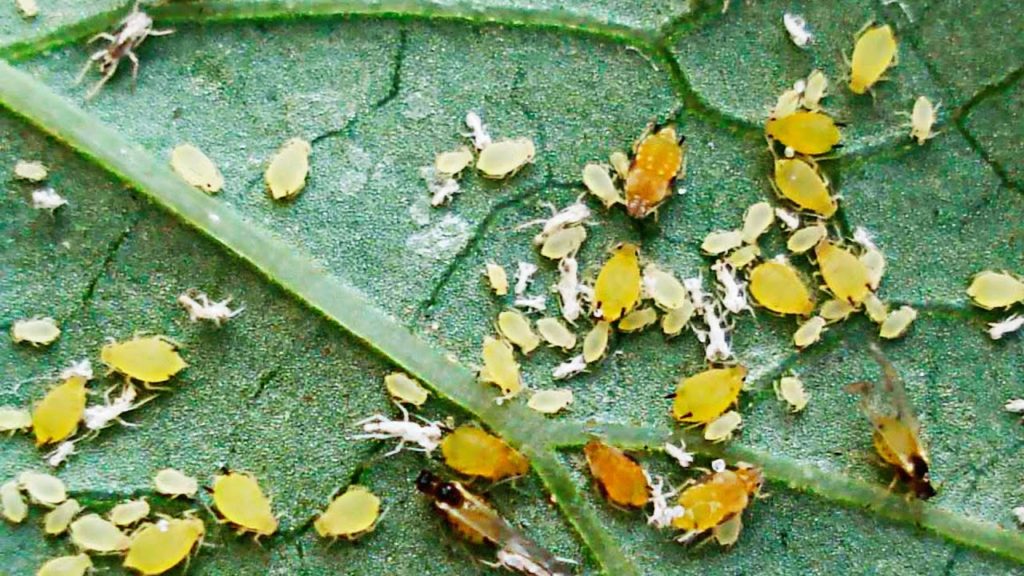
In the summer, fumigation with sulfur is carried out, taking the chemical to half of a matchbox. Autumn processing begins after harvesting, if during the fruiting period it was not possible to get rid of the pest. In October or November, they sprinkle plum trees until the air temperature dropped to minus 5 degrees.
Preparations for processing
Plum aphid treatment should be carried out using such means that will be effective against the parasite. You can quickly remove insect colonies with insecticidal preparations. In the initial stages of infection, folk remedies are also effective. But you need to spray a sick tree with them several times.

Chemicals
Modern drugs act on aphids in such a way that the parasites die on contact with the surface of the leaf treated with chemicals. There are insecticides, the substances of which penetrate the insect, paralyzing it. It is better to choose those drugs that last for a long time to fight aphids.
The main task of insecticides is to destroy the parasitic insect so that it cannot re-attack the plum.
"Aktara"
The drug of a new generation with a contact-intestinal action is available in the form of tablets, powder, suspension. It dissolves well in water and is used to treat the crown of fruit trees from aphids. The main substance, thiamethoxam, is absorbed into the leaves after processing. You can also spray the soil around the plum, then the poison will penetrate the roots into other parts of the plant. In this case, the effect of the drug lasts up to 2 months.
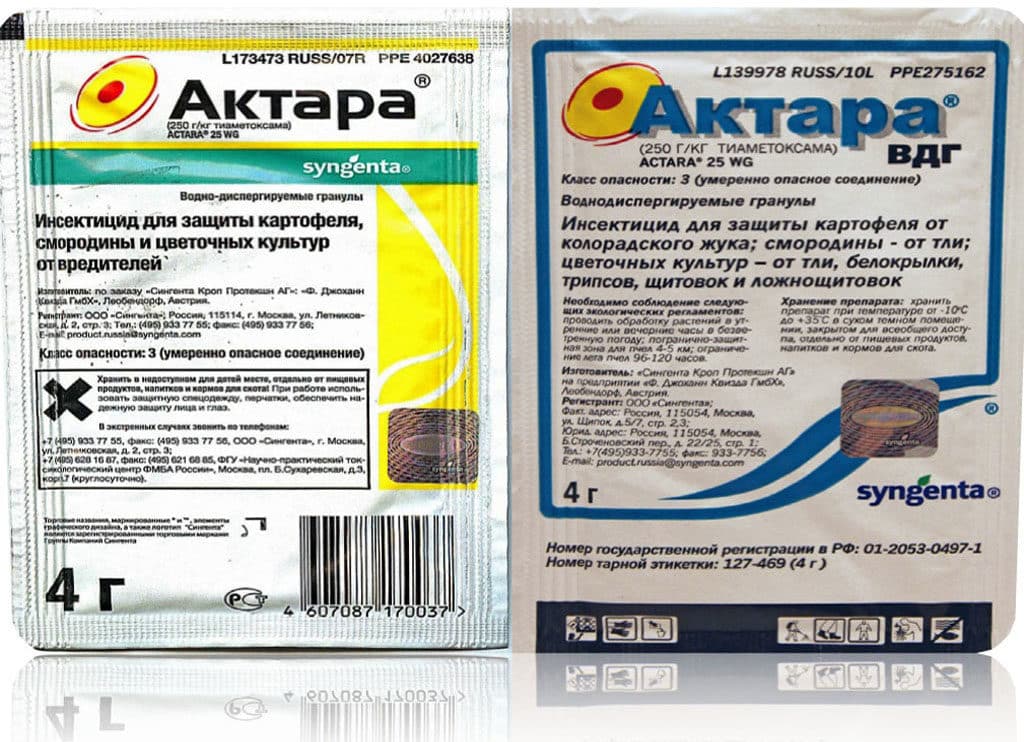
After treatment with "Aktara" after 30 minutes pest colonies begin to die. The solution is prepared immediately before starting treatment. Do not forget that the chemical is dangerous to bees, wasps.
"Commander"
The insecticide belongs to the chlorinicotinyl group and is effective against many pests, including aphids on the plum. After spraying the plum tree, the poisonous substance of the product is absorbed by the parts of the plant. Aphids, feeding on plant juices, also suck in poison, which paralyzes the nervous system of individuals, and after a while they die. Plums are sprayed with an insecticidal preparation at the rate of 2 milliliters of "Commander" per 5 liters of water.The plant will be completely cleansed of aphids after 30 days.

"Spark"
One of the best aphid remedies can be used during the fruiting period. It is active against other sucking parasites. The product is non-toxic to humans and animals. It quickly acts on pest colonies, destroying them. Up to 2-5 liters of working solution is enough for one tree.
"Confidor"
The drug is based on the toxic substance imidacloprid, a nicotine derivative. When aphids enter the body, it blocks the vital centers of the insect, and then dies. Confidor granules dissolve quickly in water at room temperature. The plum is sprayed with a working solution in the morning or in the evening, during a period of low bee activity.
1 milliliter of product is enough to treat 100 square meters of garden. It is necessary to spray the solution with gloves and goggles. It is dangerous for both bees and fish. For humans, it has an average toxicity.

"Fufanon"
The organophosphate insecticide is widely used to treat aphid plantations of plums. After spraying, the product protects the plantings from pests for 2 weeks. The poisonous substance, penetrating inside insects, leads to paralysis of the nervous system and digestive organs.Spray the emulsion evenly until the infected leaves are completely wetted. Processing should take place no later than 3 weeks before collecting the plums.
How to get rid of with folk remedies
Although chemicals are very effective against aphids, they have many side effects. You can remove aphids with them quickly, but they are dangerous for bees and fish, they can cause human poisoning if safety rules are not followed during spraying. You can save the plum from aphids with infusions of herbs that are not tolerated by the insect pest, or solutions of safe substances.
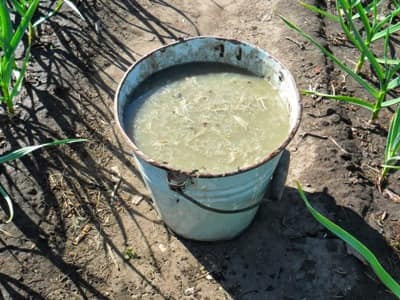
Ash and soap solution
Wood ash and laundry soap in the community are a toxin for aphid colonies. You can prepare a solution from 400 grams of sifted ash and 5 liters of water. Be sure to put the mixture on fire and bring to a boil. After boiling for half an hour, remove from heat and cool. The strained solution is poured into a bucket and 5 liters of water are added.
For better adhesion of the agent to the leaves, 50 grams of laundry soap shavings are diluted in it.
Birch tar
Tar has a specific odor that can scare away aphids. For the purpose of prevention and treatment, it is necessary to dilute 10 milliliters of tar in a bucket of warm water. You can also add laundry soap.

You can use the solution when the pest colonization of the tree has just begun. Water the near-stem circle with a solution, and the insects leave the plant. To scare off parasites, containers with birch tar are hung on the branches.
Herbal remedies
Of the herbal infusions that are capable of removing aphids, it is useful to apply:
- aerial part of chamomile pharmacy, 1 kilogram of raw materials per 10 liters of water with infusion at 12 hours;
- tomato tops by placing 4 kilograms of raw materials in a bucket of water and boiling for 30 minutes;
- buttercup or yarrow with the infusion of 1 kilogram of grass in 10 liters of water;
- paprika, 100 grams of which is boiled in 1 liter of water over low heat for an hour and insisted for 2 days.
Before processing, it is necessary to dilute the solutions with water in a 1: 1 ratio so as not to burn the plants.
Ammonia solution
From the pungent smell of ammonia, ants, as carriers of aphids and diseases, go to another place... When spraying with an ammonia solution, plums can be completely destroyed.

It is necessary to prepare a solution from 10 liters of water, pouring a tablespoon of concentrated ammonia and a soapy emulsion there. Young shoots, the top of the plum are processed from a spray bottle.
Onion decoction
Infusion of onion peels is effective not only for aphids, but for spider mites. 20 grams of husks are poured into a liter of water.After insisting and straining, the plum is sprayed three times with an interval of 10 days.
Tobacco infusion
When harmful insects appear on the leaves of the plum tree, a tobacco broth is prepared. Take 1 kilogram of tobacco dust or makhorka waste and pour 5 liters of water. It is necessary to insist for a day, then boil for 1 hour. The filtered solution is applied by diluting 0.5 liters in a bucket of water. Add 100 grams of soap to the mixture.
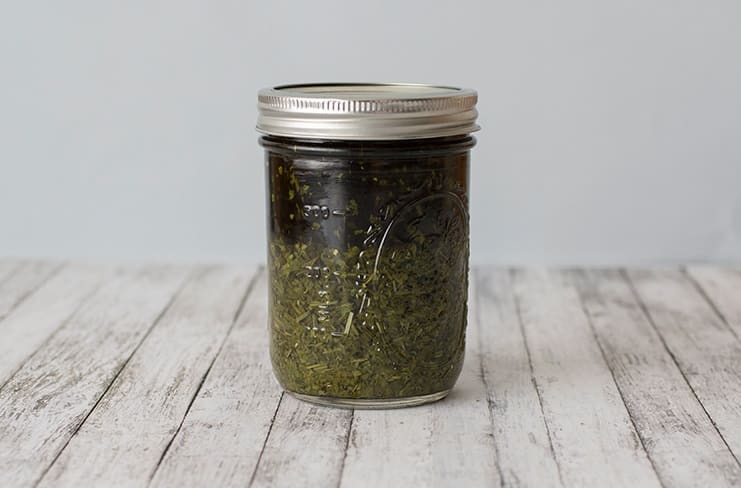
Plum aphid daily plan
Only planning, daily agrotechnical work will save the plum from the invasion of pests. It is impossible to get rid of aphids only by spraying with chemicals or folk remedies. Efficiency in a complex of measures, so all procedures must be done one by one.
Plum sanitary pruning rules
If adult colonies are found on the leaves, it is necessary to cut out the damaged shoots. At the same time, belts are installed on the tree trunk that can block the path of the ants. The trunks are spilled with a solution of Fitoverm. Autumn pruning is needed in order to destroy damaged, weak and diseased shoots. It is necessary to cut out all excess growth by treating the root circle with Fitoverm.
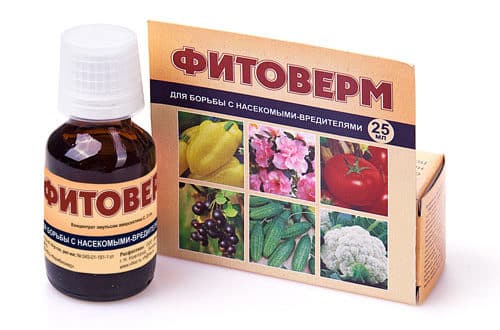
Processing technology
Spraying plums from aphids must be carried out correctly:
- The best time to process is in the evening or early morning when there is no wind.
- You cannot spray with chemicals or folk remedies before the rain, otherwise the work will be wasted.
- The sprayer with the working solution is kept at a distance of 70 centimeters from the surface of the tree crown.
- If the culture is high, then it is better to use a stepladder.
- With a large accumulation of insects, treatment begins with chemicals, ending with plant solutions during the fruiting period. The interval between sprays is 7 to 10 days.
Only daily protection from sucking parasites will keep the tree healthy.
Re-infection prevention
Measures to prevent an attack on a pest drain are based on:
- regular sanitary pruning of wood;
- top dressing with potash fertilizers;
- watering the plant;
- loosening the root circle.
Plum protection will be successful if you do not forget about proper plant care.
